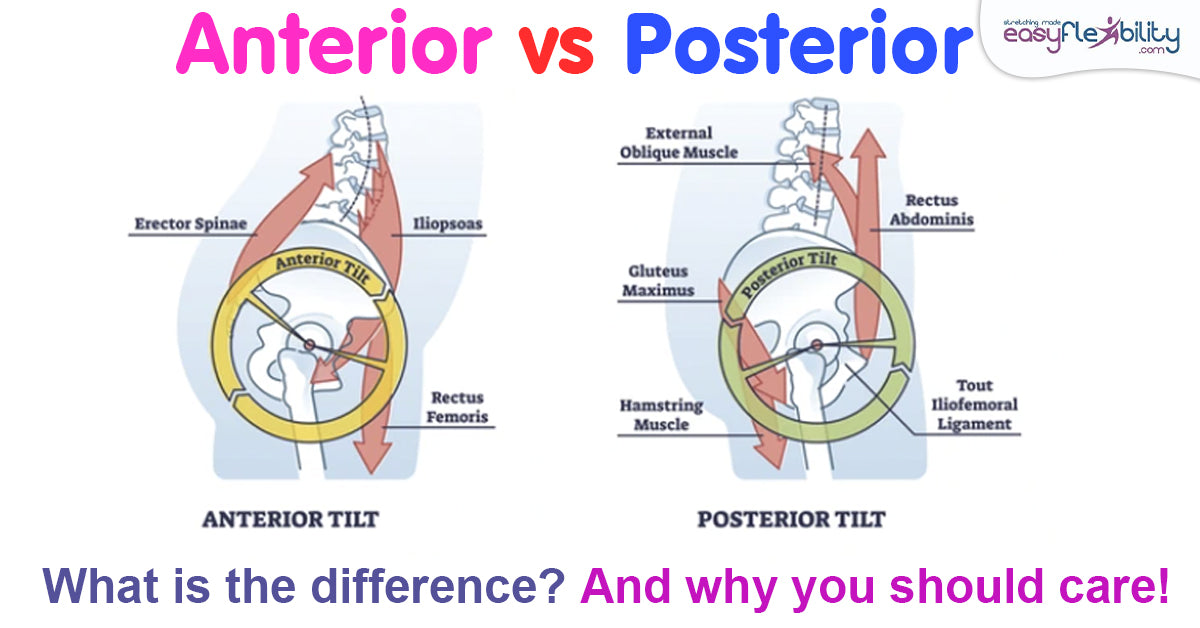Side Kick Analysis
Posted by Paul Zaichik on
There are stylistic differences between the side kick & different applications of the side kick. Forms for example in Ring Fighting vs in Street Fighting and there are slightly different variations how the body performs a side kick.
So keeping that in mind, the analysis of the side kick that you see is going to be compared to 180 degree vertical, ideal side kick. This is an ideal side kick for demonstration.


This analysis is going to explain what must a practitioner do to get a side kick 180 degrees up, working on:

KICKING LEG

SUPPORTING LEG

TORSO
Analysis of Torso


The muscles of the spine must be flexible enough to allow for a deep lateral flexion to keep the body vertical.


Of course, in fighting this allows you to follow up much quicker with the hand because the body doesn’t have to drop and come back as much.


The practitioner in the picture has pretty good lateral flexibility & strength of the spine.

You would see a lot of people doing side kick with almost straight spine but here you would see that he is bending laterally.


There is a slight rotation towards the kick & a lot of practitioners use this compensation to get the body up.

When the body is rotated like that, the primary resistance comes from Quadratus Lumborum & The Extensors of the Spine on the non-kicking side. As the flexibility of the spine is pretty good on this picture, there is still room for improvement, which means the flexibility of muscles just mentioned.

In addition to Quadratus Lumborum and the extensors of the spine, the strength of the Abdominals on the kicking side & The Obliques are also important for flexibility.
KICKING LEG ANALYSIS

It looks from this angle that there is slight offline between the body and the kicking leg, in other words not a complete straight line.

It looks like a slight horizontal flexion of the hip joint on the kicking leg.

If this is indeed correct, this will take some of the power from the Gluteus Maximus away from the kick.

The abduction of the hip looks pretty good. It can improve by few degrees & that is not going to be an easy job because the muscles that abduct in the close range are pretty weak.

The short range means that the muscle is completely flexed.

In other words, if you were to flex your elbow as you do in a bicep curl & touch your fingers to your shoulder & try to contract your bicep in that range, that is a short range. If you try doing something like that, you will see how weak the muscle is in that range.

However, it is possible to strengthen the muscle in that short range.

Muscles being Gluteus Minimus, Gluteus Medius, Tensor Facial Lata and upper point of Gluteus Maximus.

The difference between a kicker who is intermediate & a very polished, advanced kicker is those few degrees. And you can actually see them when you see somebody kick.
Do you want to improve your Side Kick techniques? Click on the BUY NOW BUTTON below to get started!
SUPPORTING LEG ANALYSIS

The height comes from the position of the pelvis and the position of the pelvis is dictated by the supporting leg.

Supporting leg is very important if you are looking for a high kick, you need supporting leg’s strength & flexibility.

In supporting leg, the strength is in long range.

The long or deep range is contracting the muscle where it is fully stretched.

So, the same muscles that need to be stretched are also the same muscles that need to be strengthened.

Having flexibility without strength doesn’t guarantee a high kick.It is possible to swing a leg up if you have only flexibility but no strength in the supporting leg.

But to do a proper kick with control or specially if you try to hold it, you need strength in the supporting leg.

The higher you want to kick, the more turnout you need. If you look at the standing leg, which is the right leg, the turnout is not complete. If you want to kick high, you need complete turnout.

Your hip joint will simply not allow you to abduct your leg if it is not turned out.


The restricting muscles on a supporting leg are:
- The lower Adductor Magnus
- Medial Hamstrings (which are Semitendinosus and Semimembranosus)

Other Adductors and Pectineus can get in the way, if they are very tight but usually, they do not.

However, Adductor Longus needs to be just a little bit tight and it can also get in the way.

But primarily, it is Adductor Magnus, the lower fibers & the Medial Hamstrings. Although if someone has very tight Lateral Hamstrings, they can get in the way. But the lateral hamstring which is Biceps Femoris is just flexible enough, many people can pull so without having very good flexibility in lateral hamstring.

Mastery of an Open Front Split or even better slight Over Split on the open front split guarantees enough flexibility for a vertical 180-degree side kick. Doesn’t guarantee the strength, the control, the balance but guarantees the flexibility.

Slight over split is always recommended. If you are looking for 180-degree kick, an over split of at least 10-15 degrees is recommended.

It is important to keep in mind that whatever degree you have in an open front split, if you measure the degree of your standing side kick specially if you are holding it, it will always going to be less.
Do you want to improve your Side Kick techniques? Click on the BUY NOW BUTTON below to get started!
© ElasticSteel Corp., EasyFlexibility, Paul Zaichik, et. El., 2022. No part of the materials available through ElasticSteel.com, EasyFlexiiblity.com, site may be copied, photocopied, reproduced, translated or reduced to any electronic medium or machine-readable form, in whole or in part, without prior written consent of Paul Zaichik EasyFlexibility.com, Elasticsteel.com.. Any other reproduction in any form without the permission of Paul Zaichik EasyFlexibility.com, Elasticsteel.com is prohibited. All materials contained on this site are protected by United States copyright law and may not be reproduced, distributed, transmitted, displayed, published or broadcast without the prior written permission of Paul Zaichik, EasyFlexibility.com, Elasticsteel.com.
Share this post
1 comment









Paul, love your analysis. Been a fan of your youtube channel for about 20 years. Have your old side kick programs and now got the new ones. My side kick was the only kick that was lacking. Thanks to your programs I kick better than kids half my age. Any chance that you would add more levels to ESKMS kicking certification?